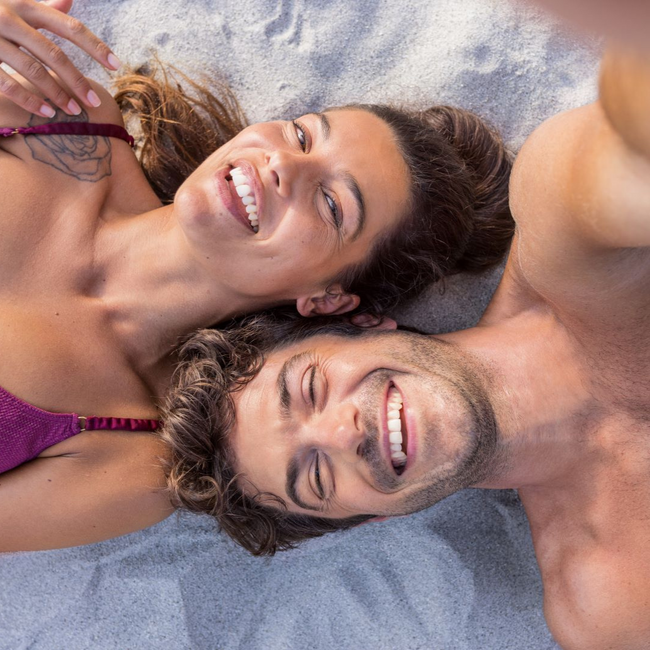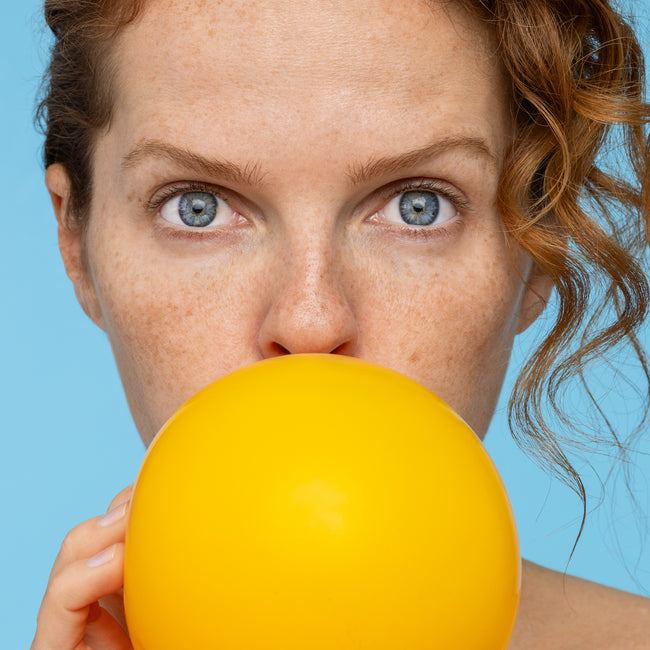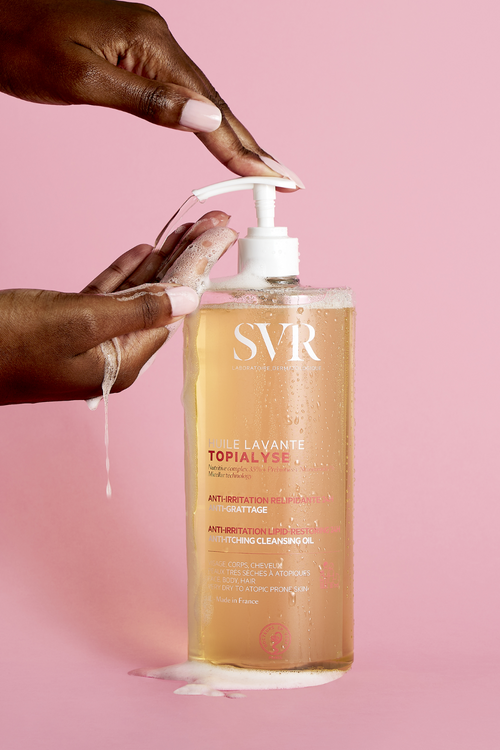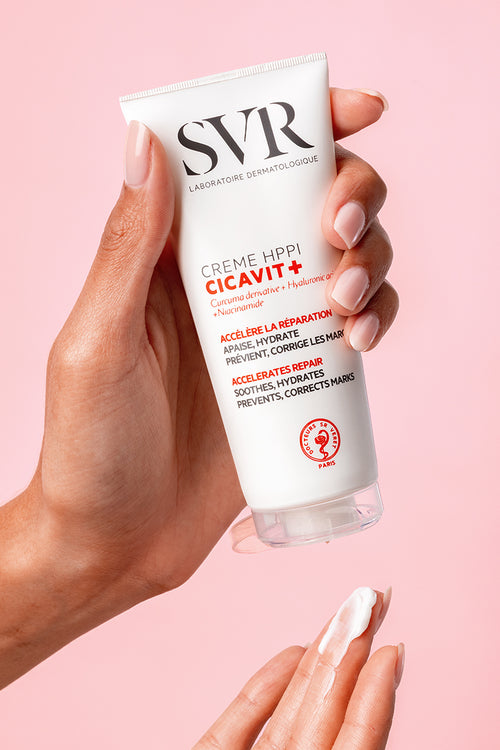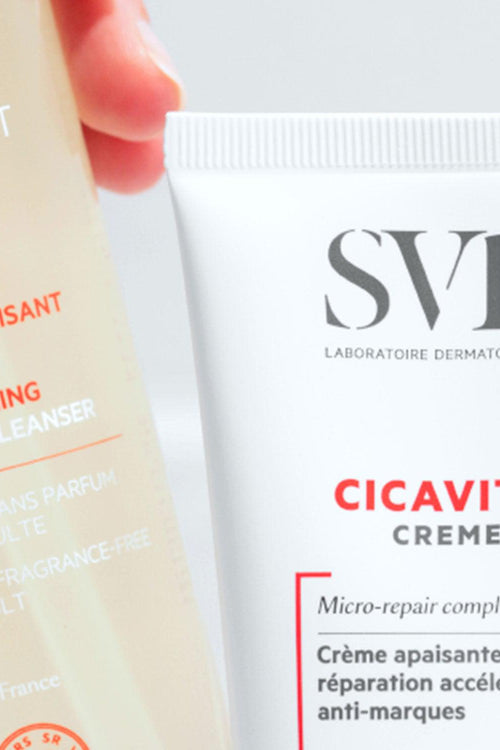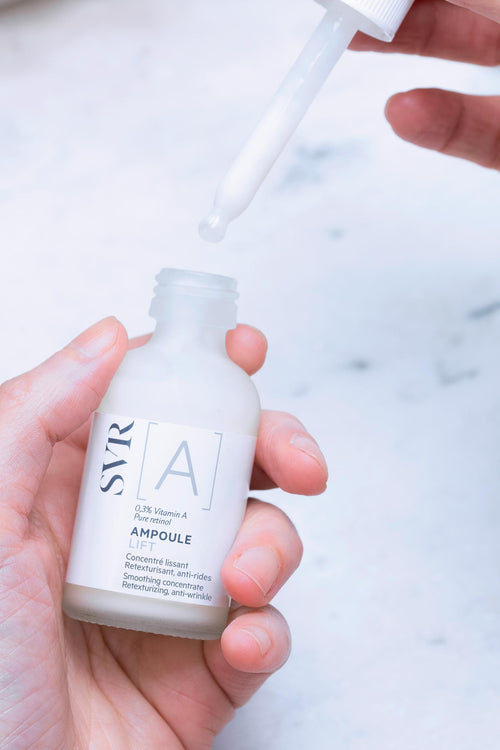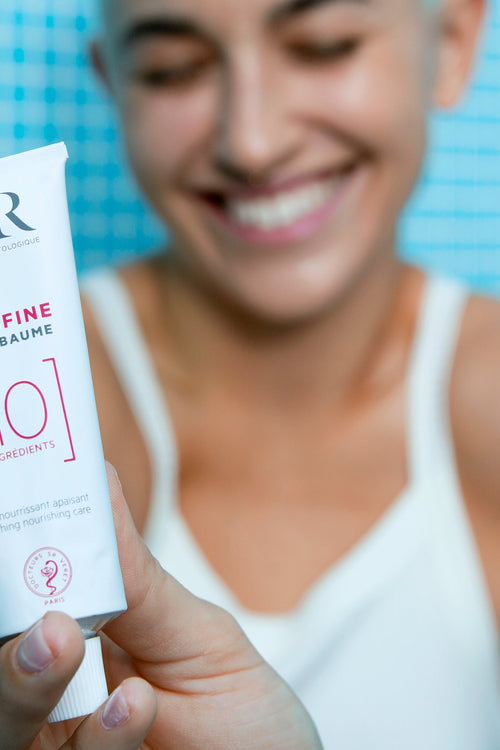Acne, not inevitable
Whether we are 15 or 30 years old, we find it difficult to have spots. Acne is very widespread, affecting more than 80% of adolescents and 40% of adult women. The good news: there are solutions.
Sophie G., our head researcher, met with an acne expert dermatologist and a consumer to take stock:
SG: Doctor, explain acne to us. How to define acne?
Dr. B: Acne is an inflammatory pathology of the pilosebaceous follicle, which has several origins:
• thickening of the stratum corneum at the level of the follicle-sebaceous duct (hyperkeratinization)
• over-production of sebum.
• colonization of the skin by a bacteria called Cutibacterium-acnes ( C-acnes )
• an imbalance in the skin microbiota which contributes to skin inflammation
• a genetic predisposition, especially if the mother had acne
• a hormonal influence since acne affects adolescents and women whose skin is sensitive to small doses of androgens
• environmental factors (the exposome): pollution, tobacco, stress, diet.

GS: What is the difference between acne in adolescents and that of adult women?
Dr. B: We now say that there are “acnes”. That of adolescents, characterized by oily skin and pimples on the forehead, the sides of the nose, the chin and sometimes, in more severe cases, the neckline and the back. This acne is measured by a scale, from moderate to severe.
And that of adult women, with pimples on the lower face, predominantly inflammatory, subcutaneous and painful, dilated pores and pre-menstrual outbreaks.
GS: What treatments are prescribed?
Dr. B: It depends on the severity of the acne, the type of lesions - retentional (comedones, microcysts) or inflammatory (nodules, papules) - and the risks of scarring. As a first intention, we will prescribe topical retinoids (retentional acne) or benzoyl peroxide (inflammatory acne).

For moderate acne, we choose treatments combining two molecules acting in synergy, which can be coupled with an oral drug treatment (antibiotics, or zinc gluconate). For severe acne, only isotretinoin, supervised and supervised, has a real curative effect. In addition, the dermatologist must carry out peeling and cleansing of the skin every 3-4 months.
SG: Why does acne recur?
Dr. B: In women, it is even said that it is desperately relapsing! Acne is a chronic pathology. To get rid of it, you must follow your treatment diligently. And to avoid recurrence, continue with a maintenance treatment with a topical retinoid 2 to 3 times a week and well-suited cosmetics.
Anne-Sophie, 24 years old
“As a teenager I didn't really have acne. And then, two years ago, I stopped taking the pill and in the process, I was diagnosed with polycystic ovarian syndrome. Significant acne, which is one of the possible manifestations, has set in, leaving marks and scars.
I have tried products from all kinds of brands, including quite expensive ones.
And then, after trying everything, one day, a drugstore advisor offered me a new range of dermo-cosmetic products that had just been launched. I bought the serum and the moisturizer, which are also not expensive. In less than two weeks, my skin had really changed. I had fewer spots, and the scars had faded. I stopped this summer. Since then, I have let my skin rest. »
SG: What other solutions than medications?
Dr. B:
• Good cosmetics, of course!
Non-comedogenic care and gentle cleansers are essential to accompany medicinal treatments. They are even the first options for moderate acne and pregnant women. And, above all, we continue to use them during maintenance treatment.
Good active ingredients: zinc, fruit acids or salicylic acid, and anti-inflammatory active ingredients (niacinamide, gluconolactone)…
• A healthy diet
We forget or at least limit junk food. And yes, foods with a high glycemic index (fat, sugar, refined grains) not only make you gain weight, they also promote acne, like overconsumption of dairy products (more than three per day). On the other hand, yes to fatty fish, nuts, hazelnuts rich in omega-3
• Food supplements and probiotics
Soy isoflavones, green tea polyphenols, probiotics (lactobacillus rhamnosus SP1) could improve acne, according to some studies .
• Aesthetic treatments
LEDs - blue and red - and pulsed dye laser can improve the anti-inflammatory component of acne, which exists in adolescents but is the majority in lesions in adult women. A fluorescent light energy treatment, Kleresca, also reduces inflammation, and ultimately acne by two grades for 6 months to a year.
SG: Good gestures: even though we know it, we might as well say it again and again!
Dr. B:
• Do not touch your pimples or blackheads, otherwise marks and scars are guaranteed
• We do not strip our skin with lotions or scrubs, this only restarts the production of sebum even more.
• Bye bye overly covering foundations which can be comedogenic and encourage the appearance of new spots. Besides, it's really not pretty. Better a tinted cream specific to oily skin with imperfections.
SG: What are the paths for the future?
Dr. B: new treatments are emerging:
• Trifarotene, a new retinoid with fewer side effects and better tolerated,
• Topical anti-androgens,
• An inhibitor of acetyl-coenzyme A carboxylase which reduces sebum production,
• A nitric oxide gel which would inhibit C.acnes,
• A new, more selective and anti-inflammatory antibiotic, sarecycline,
• A vaccine, but then who to vaccinate and when?



